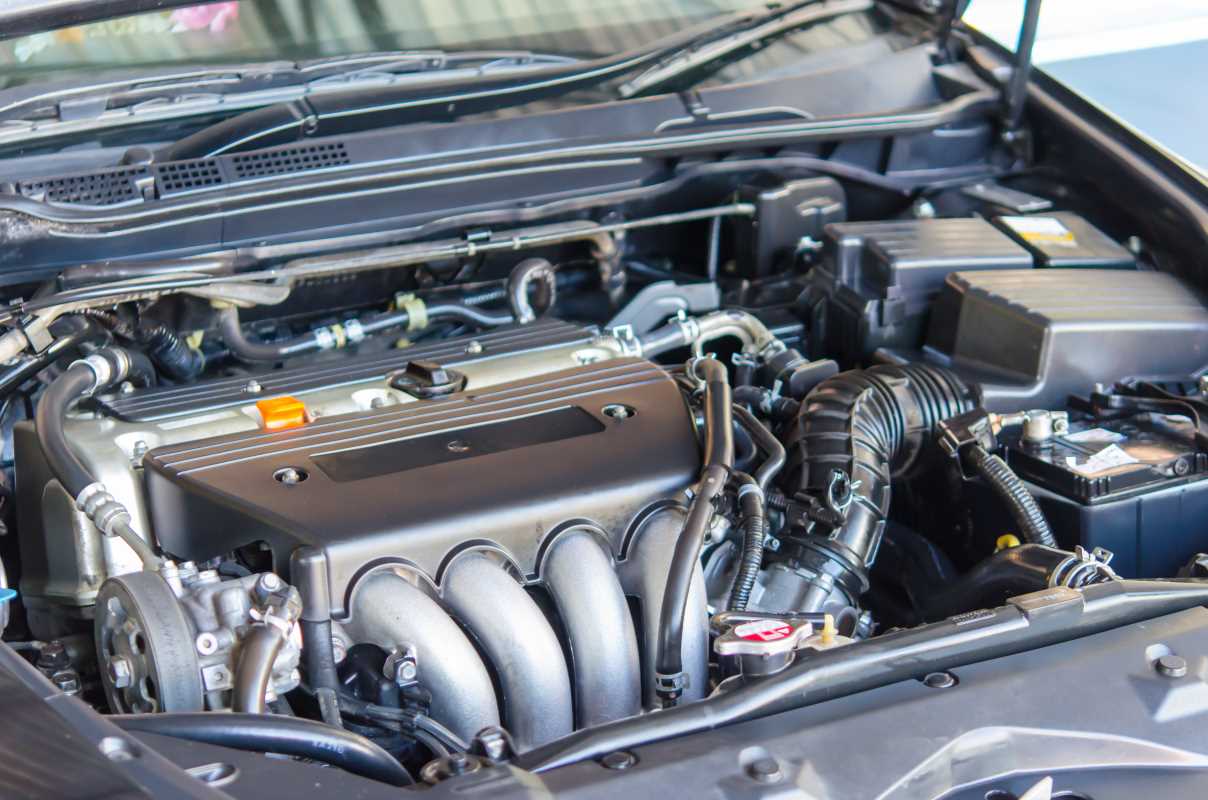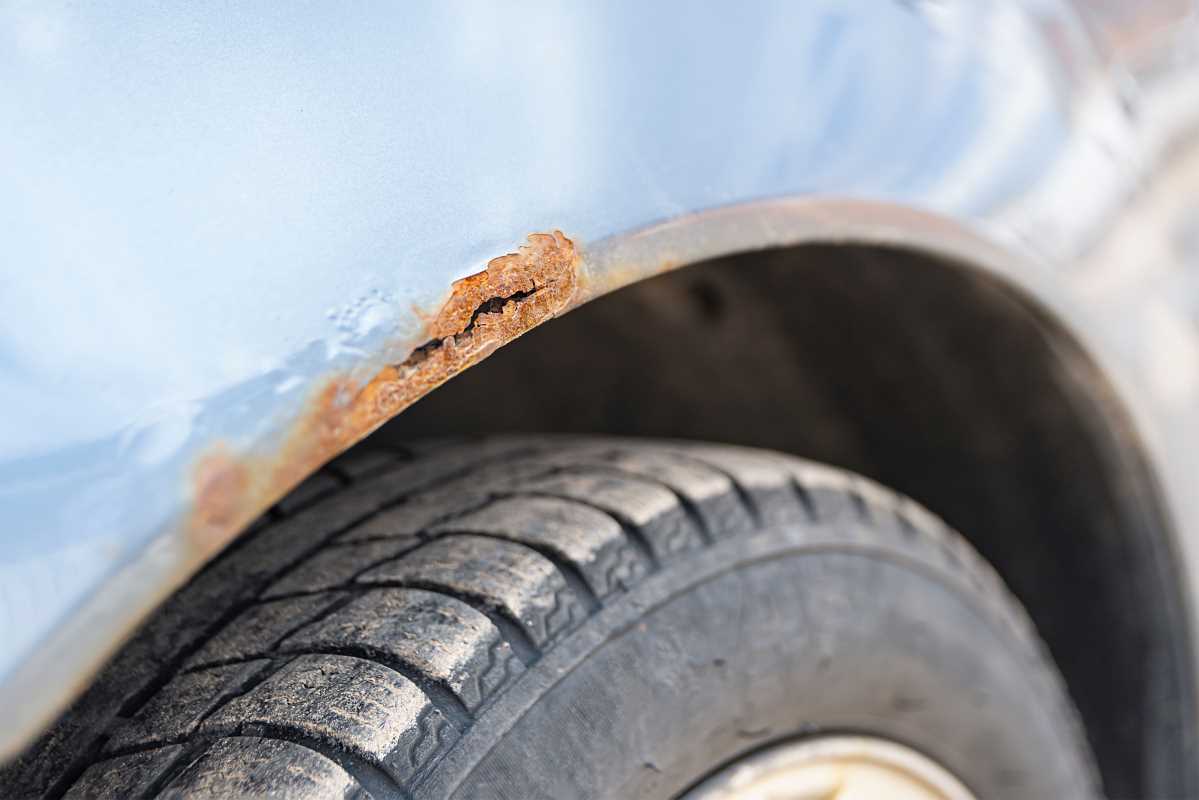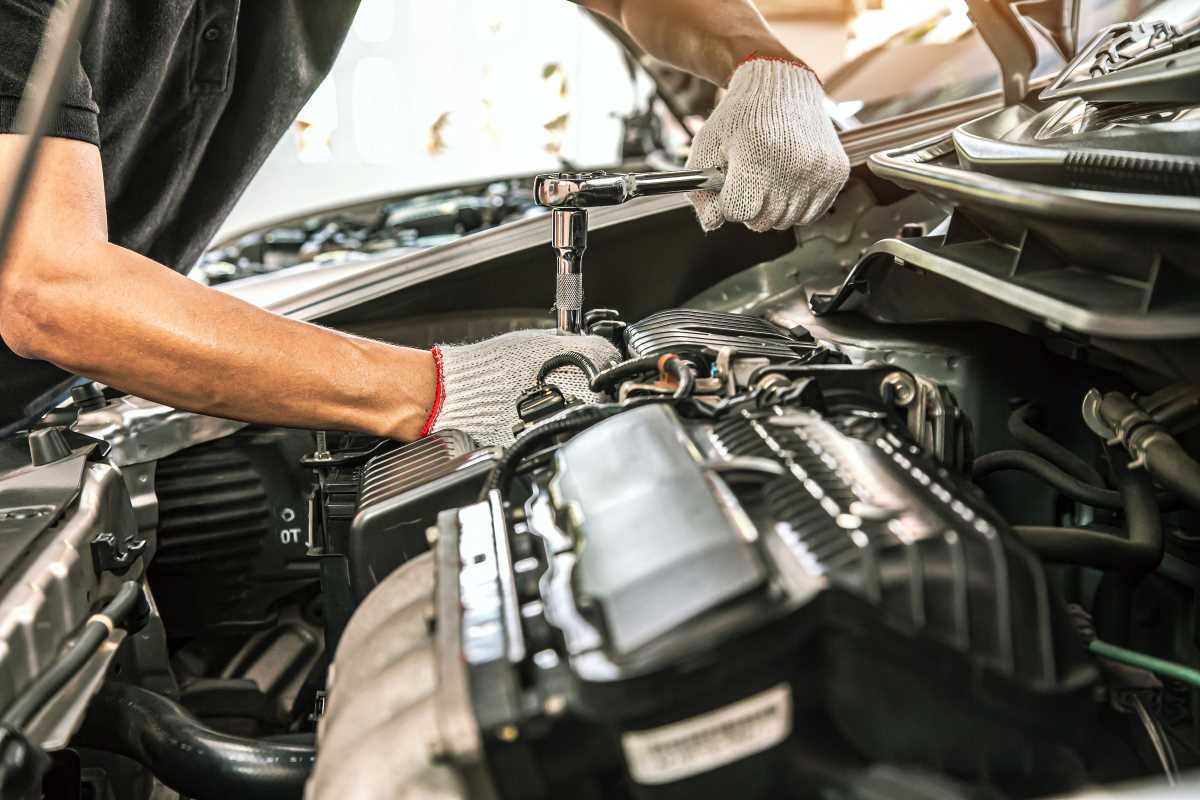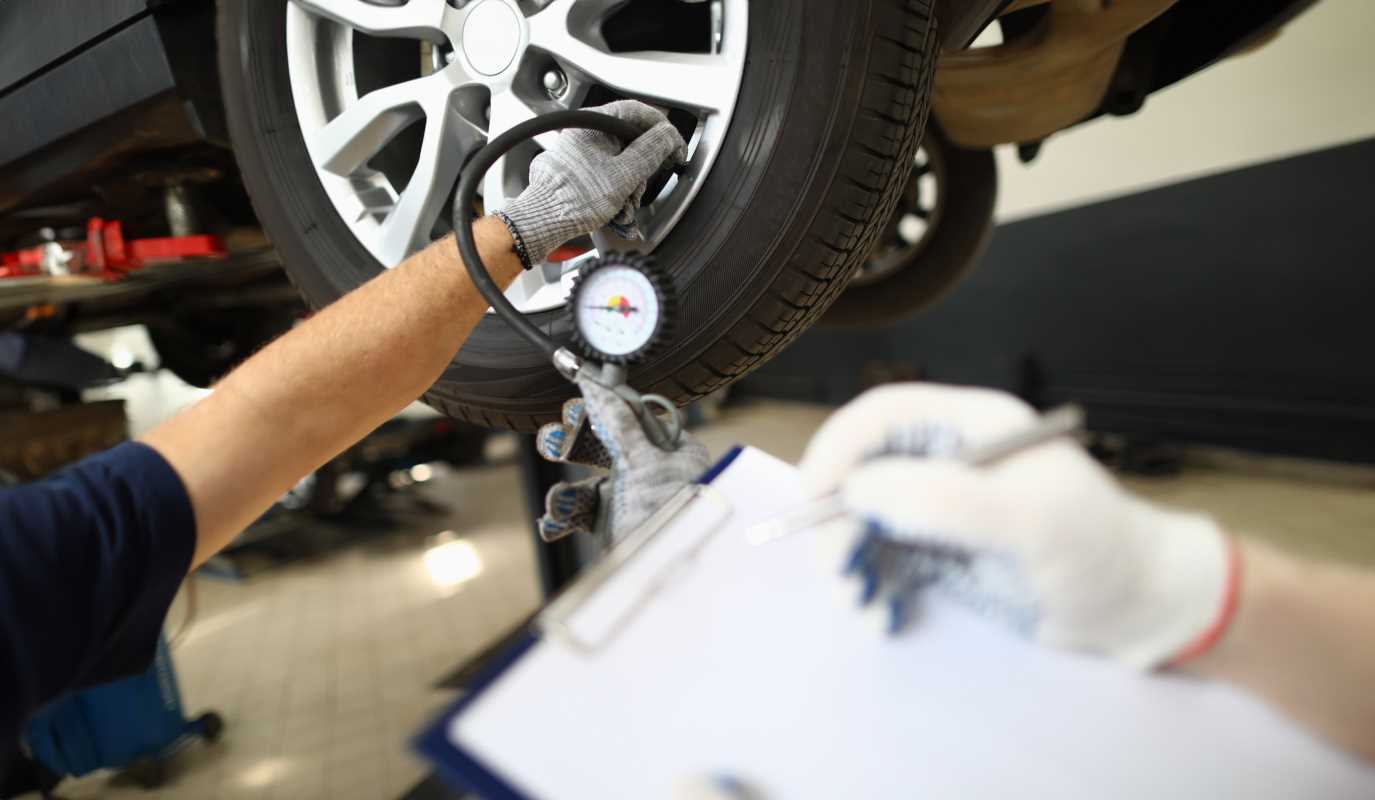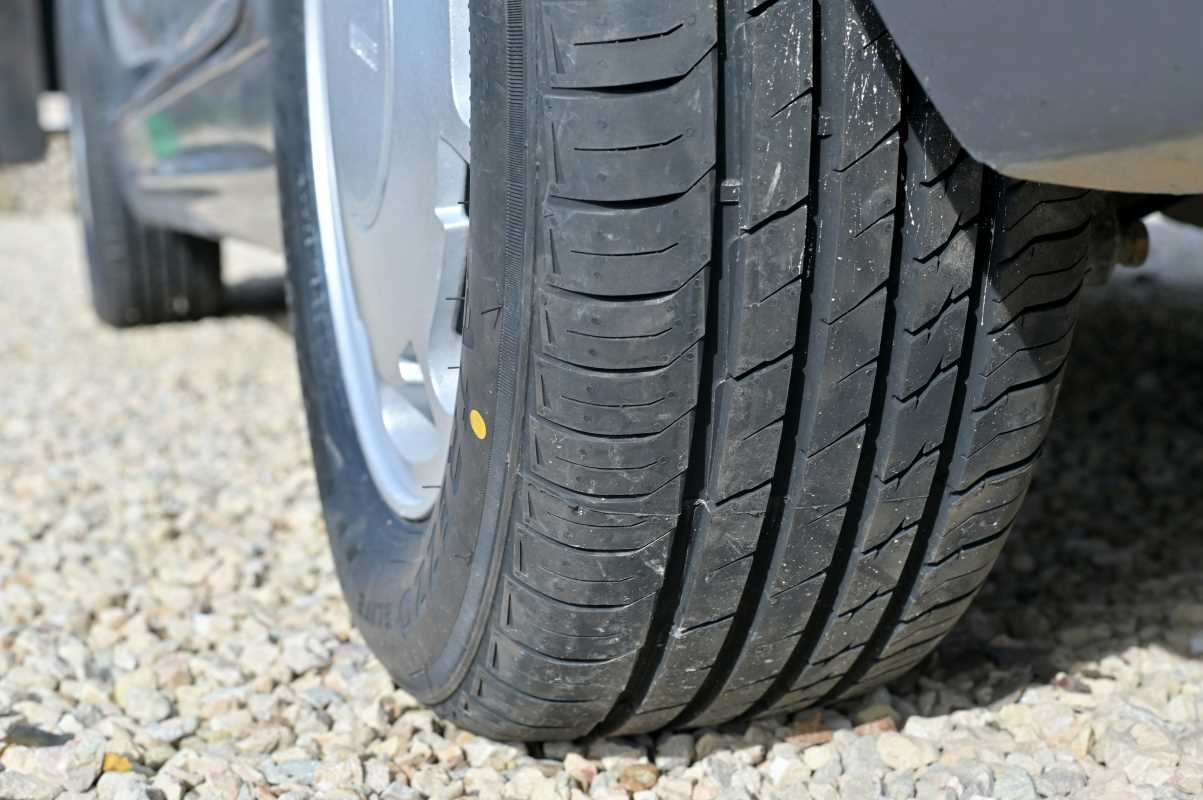Owning a car gives you the freedom to go wherever you want, but it also means taking care of regular maintenance. Keeping up with routine car care is essential to make sure your vehicle stays safe, reliable, and in good condition for years. The problem is, maintenance costs can add up quickly, which can be stressful for drivers on a budget. The good news is that there are plenty of ways to save money without sacrificing safety or quality. By learning a few simple DIY maintenance tasks, shopping smart for parts and services, and focusing on preventative care, you can keep your car in top shape while staying within your budget. Small changes can make a big difference.
Embrace the Power of DIY Maintenance
One of the most direct ways to cut maintenance costs is to take on some of the simpler tasks yourself. You don’t need to be a master mechanic to handle these jobs. With a few basic tools and a little bit of guidance from online tutorials, you can save a surprising amount of money on labor charges.
Easy DIY Jobs Anyone Can Tackle:
- Engine Air Filter Replacement: This is perhaps the easiest and most impactful DIY task. Your engine’s air filter is crucial for performance and fuel economy. A new filter costs between $15 and $30, while a shop might charge $50 to $75 for the 5-minute job. The filter housing is usually secured by simple clips or a few screws, making this an incredibly straightforward swap.
- Cabin Air Filter Replacement: This filter cleans the air you breathe inside the car. Like the engine filter, it's typically located behind the glove box and is very easy to access. A shop could charge up to $100 for this service, but you can buy the filter for $15-$25 and replace it yourself in under 10 minutes.
- Wiper Blade Installation: Streaky, chattering wipers are a safety hazard. Instead of paying a service center to replace them, buy a quality set of blades from an auto parts store. Most stores will even help you install them for free, but doing it yourself is a simple process of clicking the old ones off and the new ones on.
- Topping Off Fluids: Learning to check and top off your own fluids is a fundamental car ownership skill. This includes windshield washer fluid, engine coolant, and sometimes even power steering fluid. Your owner's manual will show you where each reservoir is located. Buying a gallon of washer fluid for a few dollars is far cheaper than paying a shop to do it.
The Preventative Maintenance Mindset
The old saying, "an ounce of prevention is worth a pound of cure," is the golden rule of car ownership. Sticking to your vehicle's recommended maintenance schedule is the single most effective way to avoid massive, unexpected repair bills down the road. Ignoring small issues allows them to snowball into catastrophic failures.
Key Preventative Actions:
- Regular Oil Changes: This is non-negotiable. Engine oil is the lifeblood of your vehicle, lubricating moving parts and preventing overheating. Neglecting oil changes leads to sludge buildup and severe engine wear. Following the recommended interval (found in your owner's manual) is far cheaper than replacing an engine.
- Tire Rotation and Pressure Checks: Regularly rotating your tires (typically every 5,000 to 7,500 miles) ensures they wear evenly, dramatically extending their lifespan. Keeping them properly inflated not only improves safety and handling but also maximizes your fuel economy, saving you money at the pump with every fill-up.
- Brake Inspection: Don't wait until your brakes start grinding to get them checked. A periodic inspection can catch worn brake pads before they damage more expensive components like rotors or calipers. Replacing just the pads is a fraction of the cost of a full brake job.
Become a Savvy Shopper for Parts and Services
You don't have to accept the first quote you receive. Shopping around for both parts and labor can lead to substantial savings. The automotive service world is competitive, and you can use that to your advantage.
Finding the Best Deals:
- Compare Independent Shops vs. Dealerships: Dealership service centers often have the highest labor rates. While they are experts on your specific model, a reputable independent mechanic can perform most routine maintenance for a significantly lower price. Get quotes from both to see the difference.
- Source Your Own Parts: Many independent shops will allow you to bring your own parts. You can often find high-quality OEM (Original Equipment Manufacturer) or aftermarket parts online or at auto parts stores for less than what the shop would charge. Be sure to confirm the shop's policy on this beforehand.
- Look for Coupons and Specials: Local repair shops and even some dealerships frequently run promotions for common services like oil changes, tire rotations, and alignments. Check their websites, local mailers, and online coupon sites before booking an appointment.
Understanding Your Maintenance Needs
Knowledge is power. The more you understand about your car, the less likely you are to be upsold on services you don't actually need.
- Read Your Owner's Manual: This book is your vehicle’s bible. It contains the manufacturer's exact maintenance schedule. When a shop recommends a service, cross-reference it with your manual. If a "30,000-mile service" is suggested, check what is actually required. It might just be an oil change and an air filter replacement, not the long list of expensive fluid flushes a shop might push.
- Learn to Spot Warning Signs: Pay attention to how your car drives, sounds, and feels. A new squeak, a change in braking feel, or a warning light on the dash are your car's way of communicating. Addressing these early signs promptly is much cheaper than dealing with a breakdown.
- Get a Second Opinion: For any major recommended repair that isn't an immediate emergency, it never hurts to get a quote from a second mechanic. This helps validate the diagnosis and ensures you're getting a fair price for the work.
By combining simple DIY tasks with a proactive approach to preventative care and smart consumer habits, you can take firm control of your car maintenance expenses. Keeping your vehicle in top condition doesn't have to drain your wallet. It's about working smarter, not spending more, to ensure a long and happy life for your trusted ride.
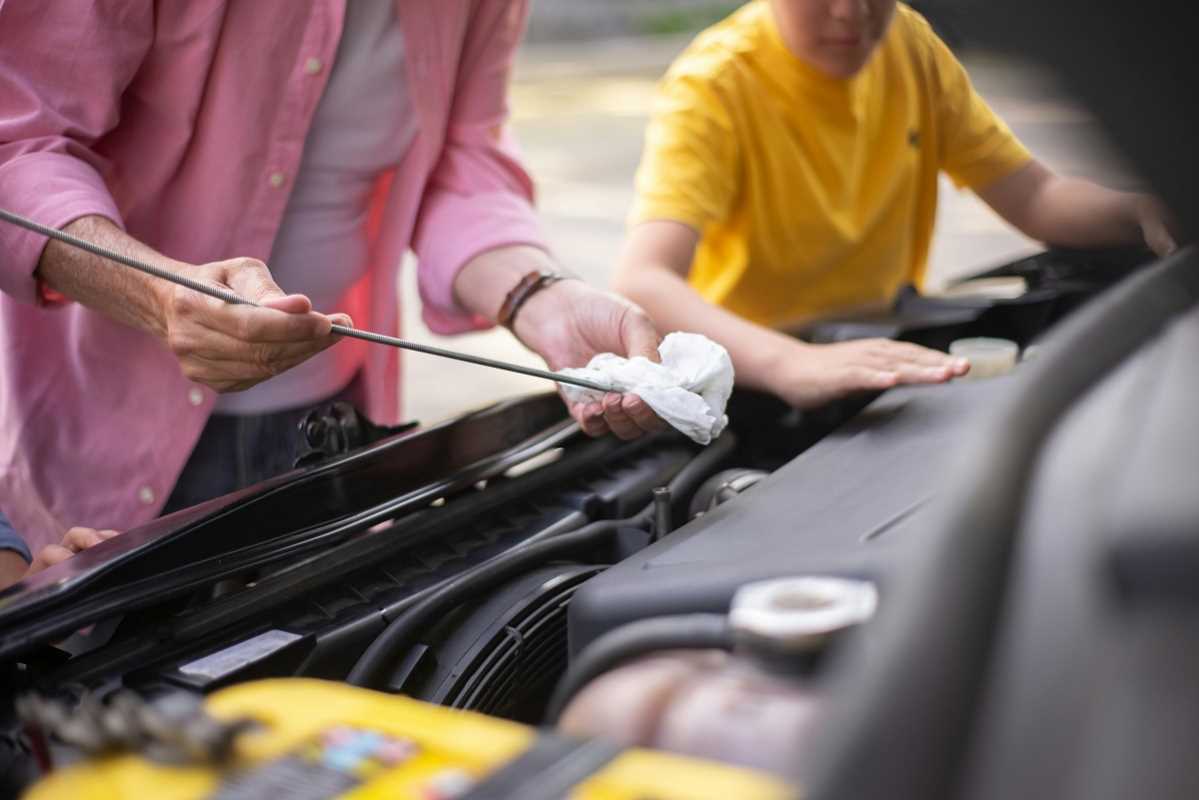 (Image via
(Image via